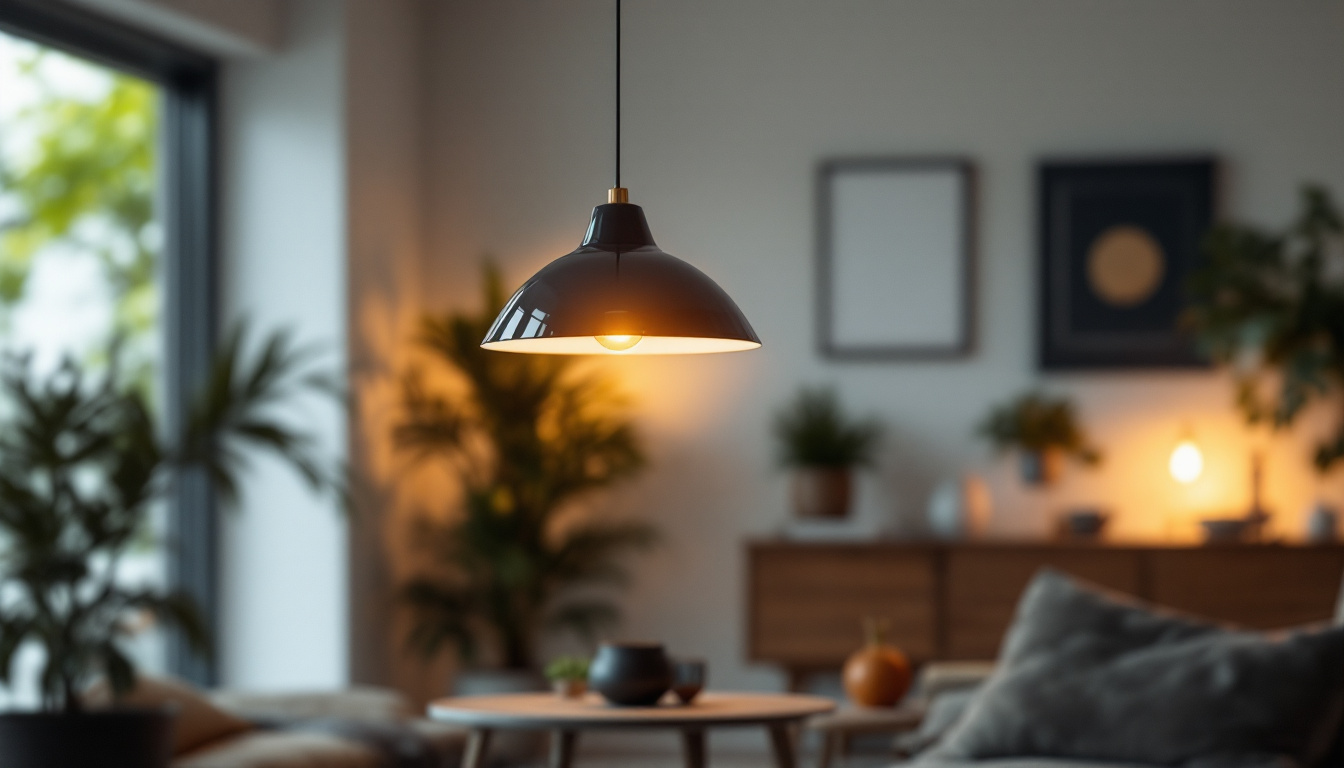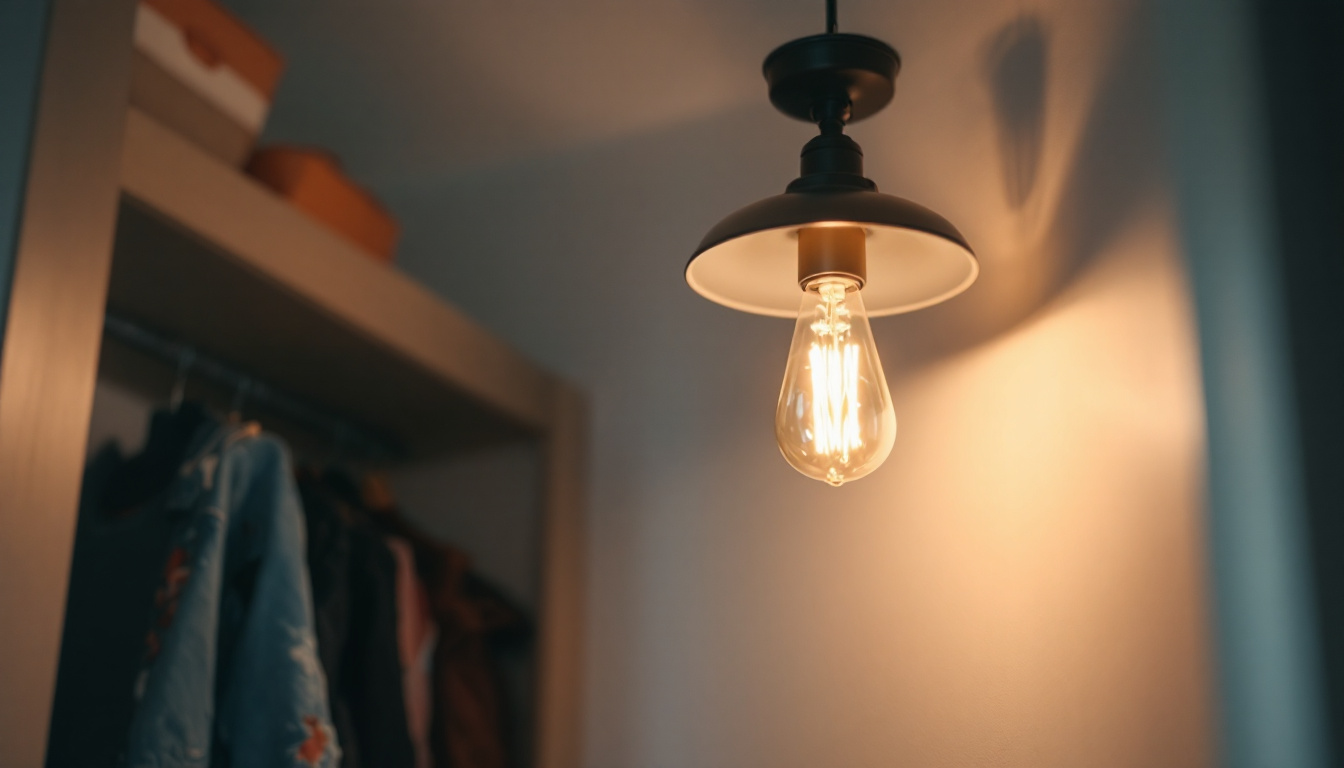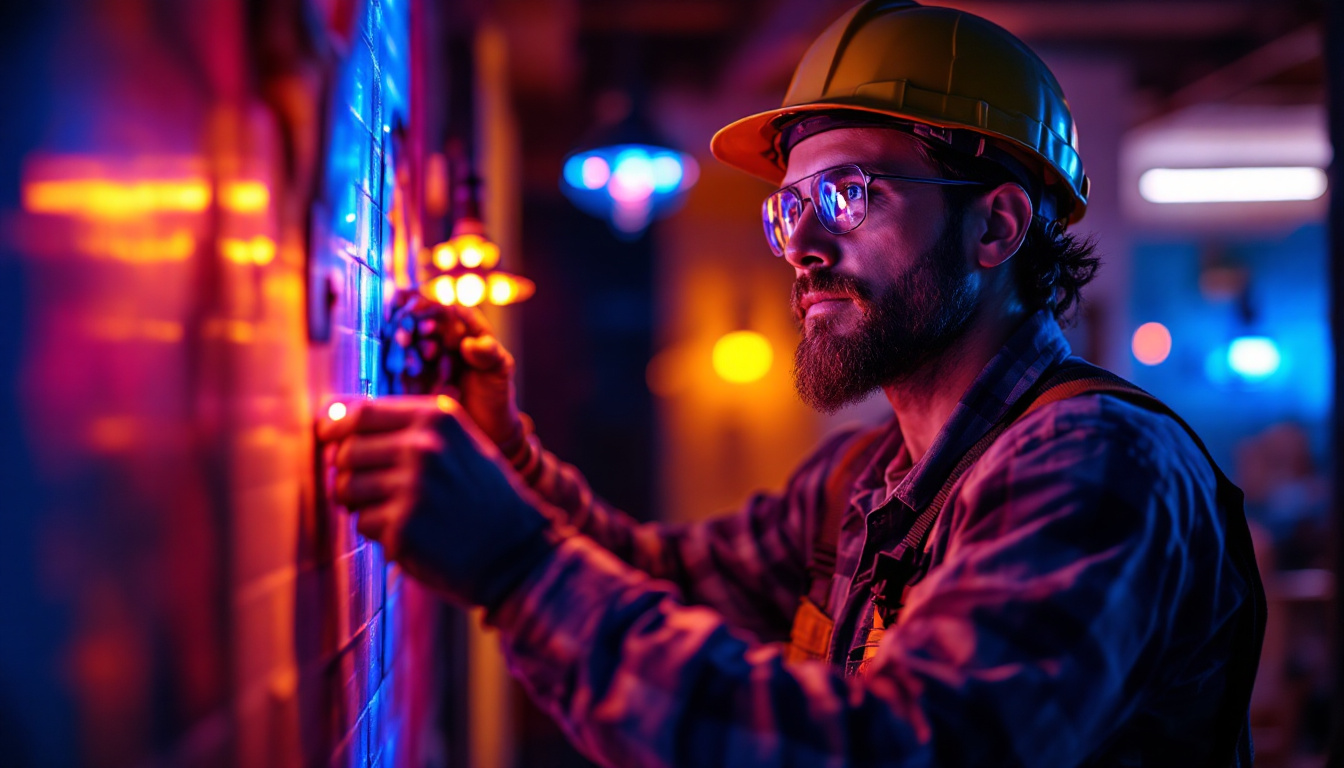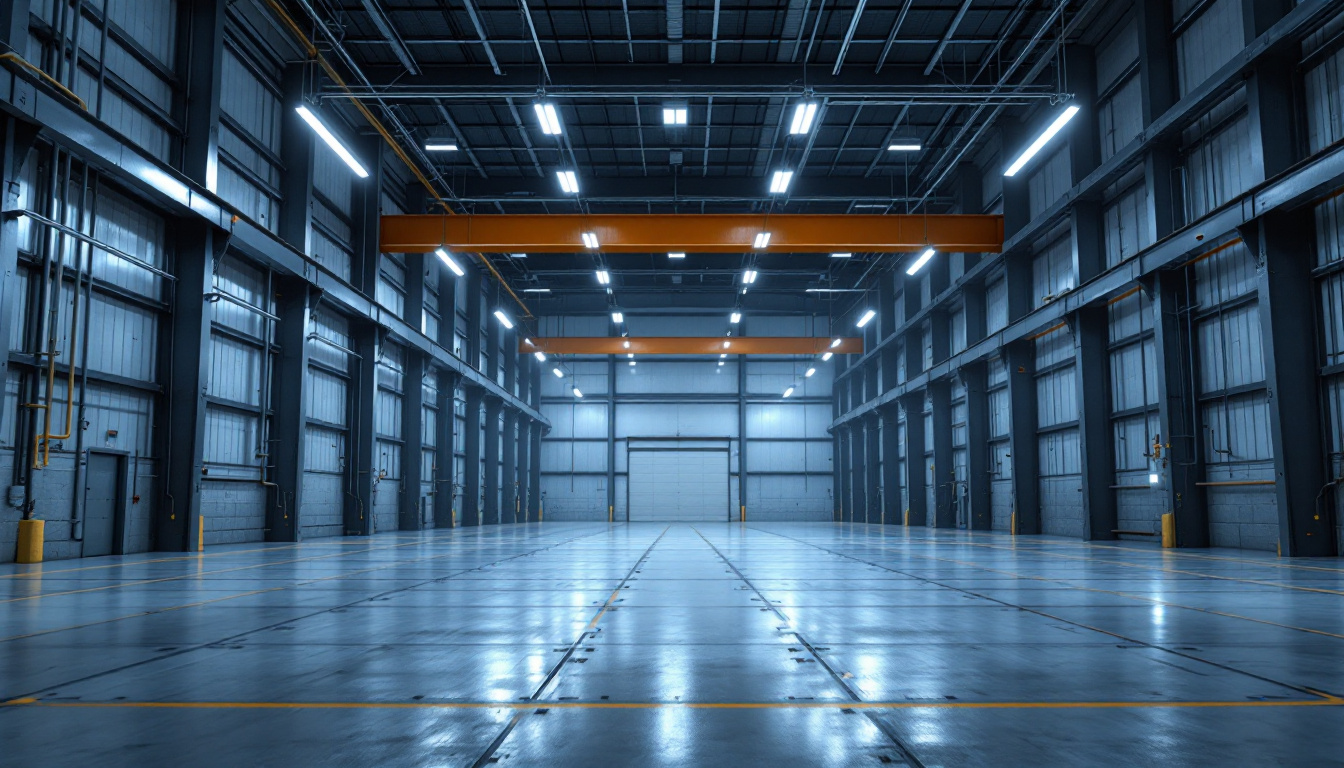
pendent light fixtures have become a staple in modern lighting design, offering both functionality and aesthetic appeal. For lighting contractors, understanding the intricacies of these fixtures is essential for successful installations and client satisfaction. This article will delve into the various aspects of pendent light fixtures, providing a comprehensive overview that can be absorbed in just five minutes.
A pendent light fixture, often referred to simply as a “pendant,” is a type of lighting that hangs from the ceiling, typically suspended by a cord, chain, or rod. These fixtures can vary in size, shape, and design, making them versatile for different settings, from residential to commercial spaces. Their ability to blend functionality with style makes them a popular choice among designers and homeowners alike.
The primary function of a pendent light is to provide direct illumination to a specific area, such as a dining table, kitchen island, or workspace. However, they also serve as decorative elements that can enhance the overall aesthetic of a room. By selecting the right pendant, one can create a focal point that draws the eye and complements the existing decor, whether it be modern, rustic, or eclectic.
Understanding the different types of pendent light fixtures is crucial for lighting contractors. Here are some common styles:
In addition to these common styles, there are also unique designs that cater to specific themes or preferences. For instance, industrial-style pendants often feature exposed bulbs and raw materials, while vintage-inspired designs may incorporate ornate details and warm finishes. This diversity allows homeowners to express their personal style while ensuring adequate lighting for their spaces.
Pendent lights come in a variety of materials, including glass, metal, and fabric. Each material contributes to the fixture’s overall look and feel:
Moreover, the design of the pendant can significantly influence the mood of a room. For example, a minimalist glass pendant can create a clean and airy atmosphere, while a bold, sculptural metal pendant can serve as a statement piece that adds character and intrigue. Additionally, many designers are now incorporating eco-friendly materials and energy-efficient LED bulbs into their pendant designs, making them not only stylish but also sustainable.
Incorporating pendent light fixtures into a design can yield numerous benefits. For lighting contractors, it’s essential to communicate these advantages to clients effectively.
Pendent lights are incredibly versatile. They can be used in various settings, from residential dining rooms to commercial spaces like restaurants and retail stores. Their design flexibility allows them to complement a wide range of interior styles, whether contemporary, traditional, or industrial. Additionally, the sheer variety of materials and finishes available—such as glass, metal, and fabric—means that designers can easily find a pendant that aligns with the overall aesthetic of the space. For instance, a sleek, metallic pendant can enhance a modern kitchen, while a vintage-inspired glass fixture can add charm to a rustic dining area.
One of the standout features of pendent lights is their ability to provide focused illumination. This makes them ideal for task lighting, such as over kitchen islands or workspaces. By directing light where it is needed most, they enhance functionality while adding style. Furthermore, many pendant fixtures come with adjustable heights, allowing for customization based on the specific needs of the space. This adaptability not only improves the efficiency of the lighting but also ensures that the ambiance can be tailored to suit various activities, whether it’s a cozy family dinner or an energetic cooking session.
Beyond their practical uses, pendent lights can significantly enhance the aesthetic of a space. A well-placed pendant can serve as a focal point, drawing the eye and adding character to the room. This is particularly important in open-concept designs, where lighting can help define different areas. Moreover, the interplay of light and shadow created by pendant fixtures can add depth and dimension to a room, making it feel more inviting and dynamic. When combined with dimmable options, these fixtures can also create a range of moods, from bright and energizing during the day to soft and intimate in the evening, further elevating the overall atmosphere of the environment.
For lighting contractors, proper installation of pendent light fixtures is crucial to ensure safety and functionality. Here are some key considerations to keep in mind:
The height at which a pendent light is installed can greatly affect its effectiveness. Generally, a good rule of thumb is to hang pendants 30 to 36 inches above a dining table or kitchen island. However, this can vary based on the fixture’s design and the ceiling height of the space.
Additionally, spacing is important when installing multiple pendants. For instance, when using a multi-light pendant over a long surface, ensure that the fixtures are evenly spaced to provide balanced illumination.
Before installation, it is essential to assess the electrical requirements of the pendent light fixture. This includes checking the wattage and ensuring that the existing wiring can support the new fixture. If necessary, upgrading the electrical system may be required to accommodate the new lighting.
Adhering to local building codes and safety standards is paramount when installing pendent lights. This includes ensuring proper grounding, using appropriate mounting hardware, and following guidelines for weight limits. Failure to comply with these standards can lead to hazardous situations.
Selecting the right pendent light fixture involves considering several factors to ensure it meets both aesthetic and functional needs. Lighting contractors should guide their clients through this decision-making process.
The style of the pendant should align with the overall design theme of the space. For instance, a sleek, modern pendant may not suit a rustic farmhouse kitchen. Encourage clients to consider how the fixture will complement existing decor and furnishings.
The type of bulb used in a pendent light can affect both the quality of light and energy efficiency. LED bulbs are increasingly popular due to their longevity and low energy consumption. When advising clients, discuss the advantages of different bulb types, including brightness, color temperature, and dimmability.
Choosing the right size is crucial for proportionality. A large pendant may overwhelm a small room, while a tiny fixture may get lost in a spacious area. Encourage clients to visualize how the fixture will fit within the space before making a final decision.
Proper maintenance of pendent light fixtures ensures their longevity and continued performance. Lighting contractors should inform clients about the best practices for keeping their fixtures in top condition.
Dust and grime can accumulate on light fixtures, affecting their appearance and light output. Regular cleaning is essential, especially for glass and fabric pendants. Use a soft cloth and appropriate cleaning solutions to avoid damaging the materials.
Clients should be aware of the need to replace bulbs as they burn out. Educating them on how to safely change bulbs can prevent accidents and ensure that their lighting remains effective. Additionally, remind them to check for compatibility when purchasing replacement bulbs.
Encourage clients to periodically inspect their pendent light fixtures for any signs of wear or damage. This includes checking for loose connections, frayed cords, or cracked glass. Addressing these issues promptly can prevent more significant problems down the line.
As with any design element, pendent lighting trends evolve over time. Staying updated on the latest styles and innovations can help lighting contractors provide valuable insights to their clients.
With a growing emphasis on sustainability, many manufacturers are creating eco-friendly pendent light fixtures. These designs often utilize recycled materials and energy-efficient bulbs, appealing to environmentally conscious consumers.
Smart home technology is increasingly influencing lighting design. Many new pendent fixtures come with built-in smart capabilities, allowing users to control brightness and color temperature via smartphone apps or voice commands. This trend is particularly popular among tech-savvy homeowners.
Combining different materials in a single fixture is a rising trend. For example, a pendant might feature a metal frame with a glass shade, creating a striking contrast that enhances visual interest. This approach allows for greater creativity in design and personalization.
Pendent light fixtures are an essential component of modern lighting design, offering both functionality and style. For lighting contractors, understanding the various types, benefits, and installation considerations is crucial for successful projects. By staying informed about trends and maintenance, contractors can provide valuable guidance to clients, ensuring their lighting choices enhance both the aesthetic and functionality of their spaces.
In just five minutes, this overview has equipped lighting contractors with the knowledge needed to navigate the world of pendent light fixtures effectively. Whether working on a residential project or a commercial installation, the insights gained here will prove invaluable in delivering exceptional lighting solutions.
Ready to elevate your lighting game with the latest pendent light fixtures? At LumenWholesale, we provide lighting contractors like you with the highest quality, spec-grade lighting solutions at prices that can’t be beaten. Say goodbye to local distributor markups and hello to our extensive selection that meets rigorous industry standards. With free shipping on bulk orders, you can trust that you’re getting premium lighting at the best value — no hidden fees, no compromises. Don’t miss out on the perfect combination of quality, affordability, and convenience. Explore our collection now and secure Wholesale Lighting at the Best Value for your next project.

Discover the essential role of closet light fixtures with pull chains in modern lighting design.

Discover how LED dinner events are revolutionizing the lighting industry by boosting contractors’ profits and enhancing client relationships.

Discover the essential guide for lighting contractors on wall sconces, exploring design trends, installation tips, and energy-efficient solutions to enhance any space..

Discover how 4 ft linear LED high bay lights can revolutionize cost-efficiency for lighting contractors.